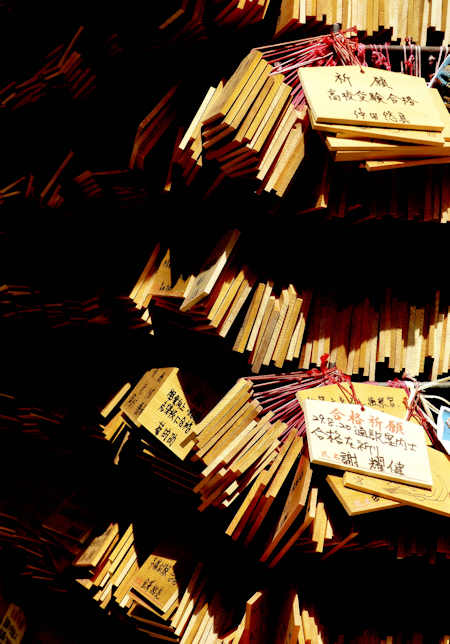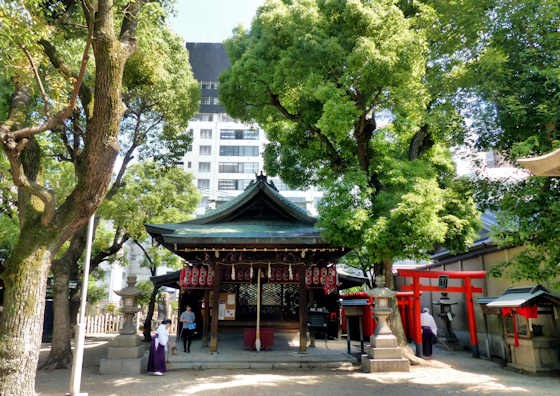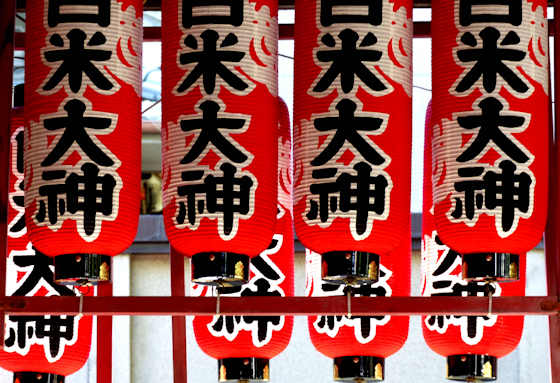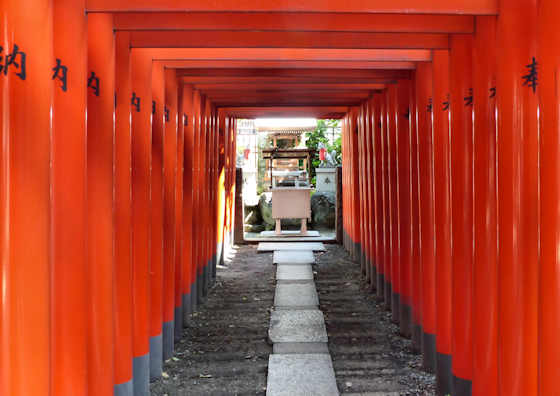Showing posts with label sugawara michizane. Show all posts
Showing posts with label sugawara michizane. Show all posts
Sunday, November 3, 2024
Koraiji Oimatsu Shrine
Tuesday, November 14, 2023
Wakaura Tenmangu Shrine
Enshrining Tenjin, the deified form of Sugawara Michizane, known as a god of poetry and scholarship, Tenmangu shrines are where students head to before taking exams.
The shrine was destroyed in 1585 during the invasion of the area by Hideyoshi. It was rebuilt in 1604 by Yukinaga Asano and employed the leading craftsmen of the day.
Tuesday, September 26, 2023
Kojiro Shrine
The previous post was on the Isahaya Bay Dyke.
Labels:
inari,
kyushu108,
Shrine,
sugawara michizane,
torii
Wednesday, May 10, 2023
Uchida Tenmangu
I'm on day 58 of my walk along the Kyushu Pilgrimage, though I am making quite a detour in order to visit a site that will be closing down in a few weeks....
The previous post was the nearby Otsubo Quarry.
Labels:
camphor,
kyushu108,
sacred tree,
Shrine,
sugawara michizane,
tenmangu,
torii
Thursday, December 1, 2022
Osaka Tenmangu
Osaka Tenmangu
There are countless thousands of wooden ema strung up around the main buildings, the vast majority containing prayers for success in exams, as this is a Tenmangu shrine, enshrining Sugawara Michizane, considered to be the patron of scholarship.
This was my second day walking the Kinki Fudo Myo pilgrimage and was heading to the next temple after having visited Houoninji.
Thursday, October 20, 2022
Otoguma Tenmangu
Labels:
komainu,
kyushu108,
Shrine,
sugawara michizane,
tenmangu
Sunday, July 31, 2022
Tashima Oimatsu Shrine
For new year the banners were flying and the shrine had a length of fresh cut bamboo placed along the shimenawa.
Saturday, July 23, 2022
Oimatsu Shrine
Oimatsu Shrine
Also unusual was this group of statues.....
Labels:
asakura,
komainu,
kyushu108,
Shrine,
sugawara michizane
Subscribe to:
Posts (Atom)



































































